What Is Sliding Door Replacement? A Comprehensive Guide to Choosing and Installing New Doors
Sliding door replacement is a significant home improvement project that can greatly enhance the aesthetic and functional qualities of your living space. According to renowned expert in home renovation, Emily Johnson, "Replacing your sliding doors not only improves energy efficiency but also adds a fresh, modern touch to your home." This underscores the importance of selecting the right sliding doors to meet both practical needs and aesthetic desires.
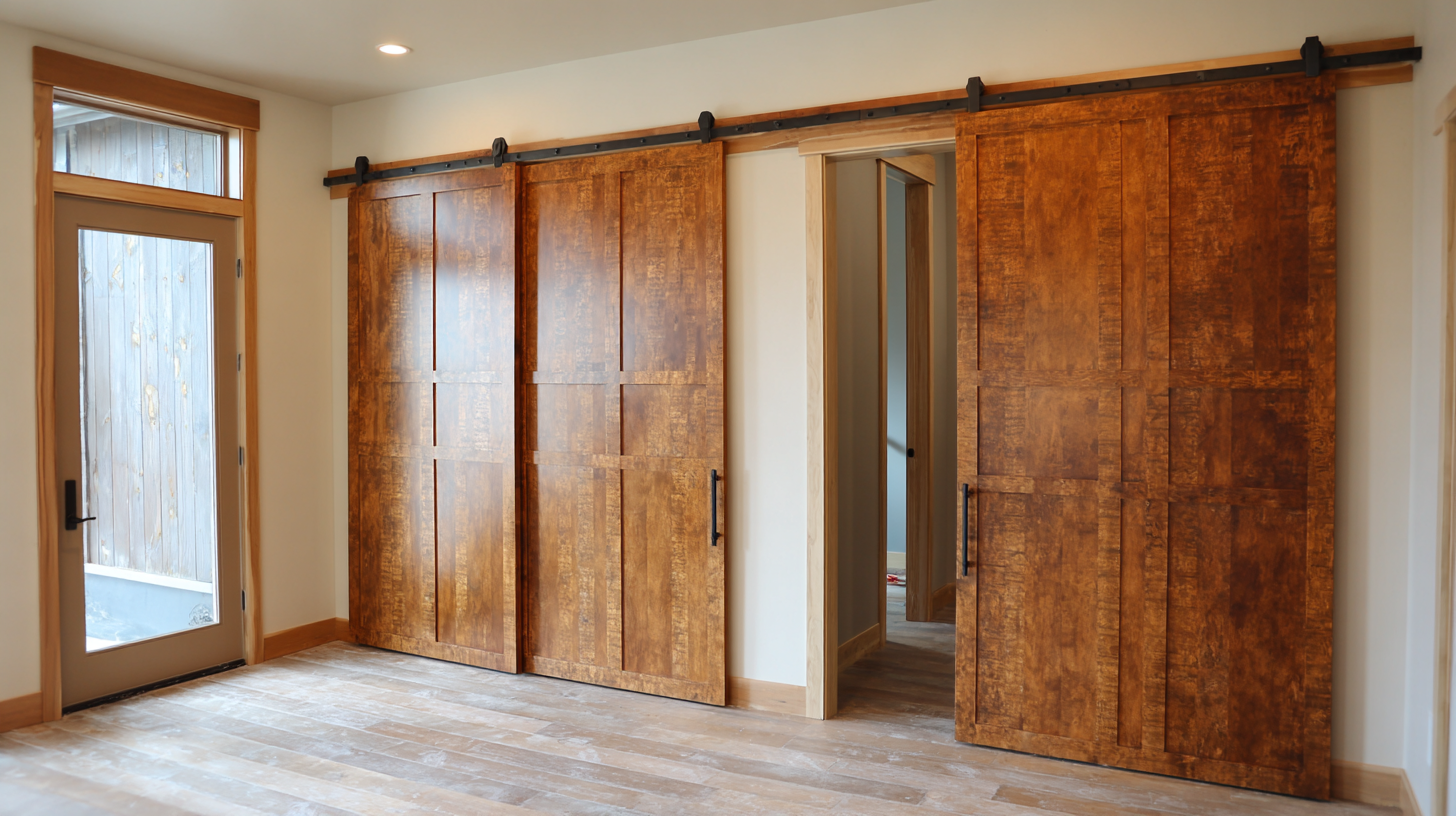
The process of sliding door replacement involves more than just picking a new door. It requires careful consideration of factors such as materials, styles, and energy efficiency ratings. As homeowners embark on this journey, understanding the various options available in the market can help them make informed decisions that reflect their personal style while enhancing the value of their property.
In this comprehensive guide, we will explore the key aspects of sliding door replacement, from evaluating the condition of your current doors to selecting the best replacement options tailored to your needs. With expert tips and insights, you'll be equipped to transform your living space with beautiful and functional sliding doors that stand the test of time.
Understanding Sliding Door Replacement: Key Concepts and Benefits
When considering sliding door replacement, understanding the key concepts and benefits is essential for making an informed decision. Sliding doors not only enhance the aesthetic appeal of a space but also offer practical advantages such as saving floor space and allowing for easier access to outdoor areas. The latest advancements in sliding door hardware provide even more functionality, with innovations like soft-close mechanisms that reduce wear and tear and create quieter operation.
Tips: When choosing a sliding door, consider materials that match your home’s style and climate. For instance, glass doors can create an illusion of spaciousness while allowing natural light, making them ideal for smaller rooms. Additionally, pay attention to the weight capacity of the hardware; premium systems can support heavier doors, expanding your options for design without compromising on durability.
Furthermore, replace old sliding doors to benefit from improved insulation and security features. Modern sliding door systems may include enhanced locking mechanisms and energy-efficient glazing, which can significantly contribute to reducing energy costs and increasing home safety. By investing in contemporary options, you can not only elevate the style of your space but also its functionality.
Types of Sliding Doors: Exploring Materials, Styles, and Features
Sliding doors offer a versatile solution for openings in homes, combining function with aesthetics. When selecting a sliding door, it’s essential to consider the various materials available, such as vinyl, wood, aluminum, and fiberglass. Vinyl doors are known for their energy efficiency and low maintenance, while wooden doors provide warmth and a classic look. Aluminum doors are durable and resistant to rust, making them ideal for contemporary styles, while fiberglass options can mimic the appearance of wood without the associated upkeep.
In addition to materials, exploring styles and features is crucial. Traditional sliding doors often come in a two-panel design, but modern interpretations may include multi-slide or bi-fold configurations that create expansive openings. Features like built-in blinds or energy-efficient glazing can enhance not only the aesthetics but also the functionality of the door. Furthermore, various hardware finishes and decorative options allow homeowners to customize their choice, ensuring that the sliding door complements the existing decor while serving as a stylish entry point to outdoor spaces.
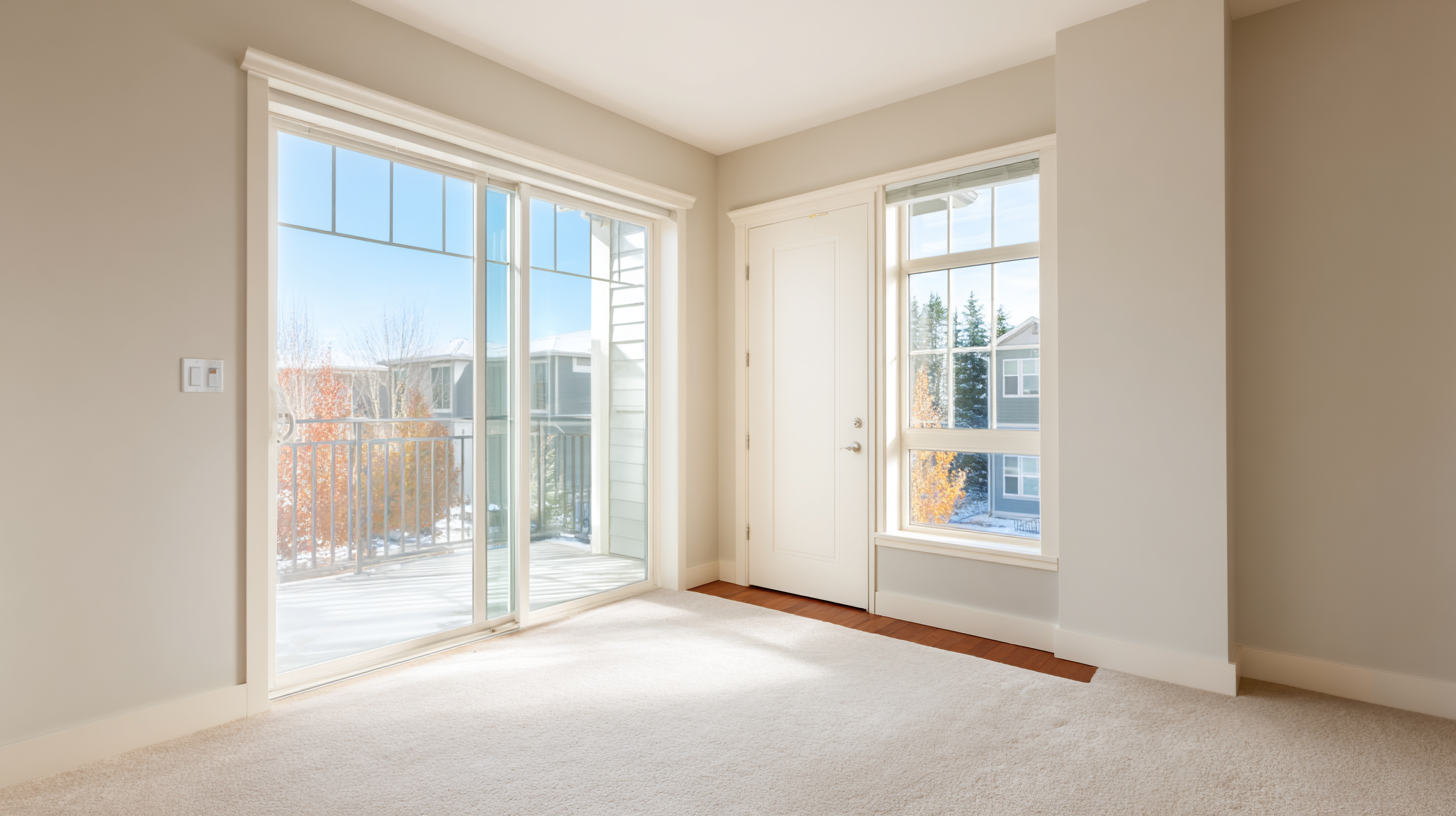
Essential Steps for Measuring and Selecting the Right Sliding Door
When considering a sliding door replacement, accurate measurement is crucial in selecting the right door for your space. According to the American Institute of Architects (AIA), improper sizing is a common issue that can lead to significant installation problems and added costs. To begin, measure the existing door frame's height and width, ensuring you account for any track or frame coverings. The standard sliding door size ranges from 60 to 72 inches wide and 80 inches high, but these can vary based on your specific needs and the architecture of your home.
Once measurements are taken, you should identify the type of sliding door that best suits your aesthetic and functional requirements. Industry surveys indicate that vinyl sliding doors are gaining popularity due to their durability and energy efficiency, with approximately 30% of homeowners opting for this material in 2022. Additionally, consider the glass type; double-glazed options not only improve insulation but also enhance security and reduce noise pollution. Making informed choices in both measurement and material ensures that your new sliding door will meet your lifestyle needs while providing long-term satisfaction.
Monthly Sales of Sliding Doors
Installation Process: Tools and Tips for a Successful Sliding Door Replacement
When it comes to sliding door replacement, understanding the installation process is crucial for achieving a successful outcome. The tools you'll need typically include a measuring tape, screwdrivers, a level, and possibly a saw, depending on the specific requirements of the door frame. According to industry research, improper installation is one of the leading causes of sliding door failures, with up to 30% of reported issues stemming from faults during the installation process. Ensuring you have the right tools can significantly mitigate these risks.
To ensure a smooth installation, it's essential to follow a systematic approach. Start by measuring the existing door frame while accounting for any adjustments needed for the new door. Removing the old door and cleaning the area is critical, as debris can affect the performance of your new installation. Key installation tips include double-checking dimensions before cutting and ensuring the track is level to facilitate proper door movement. A study by the Home Improvement Research Institute reported that well-installed sliding doors can enhance energy efficiency by up to 30%, underscoring the importance of skilled installation practices.
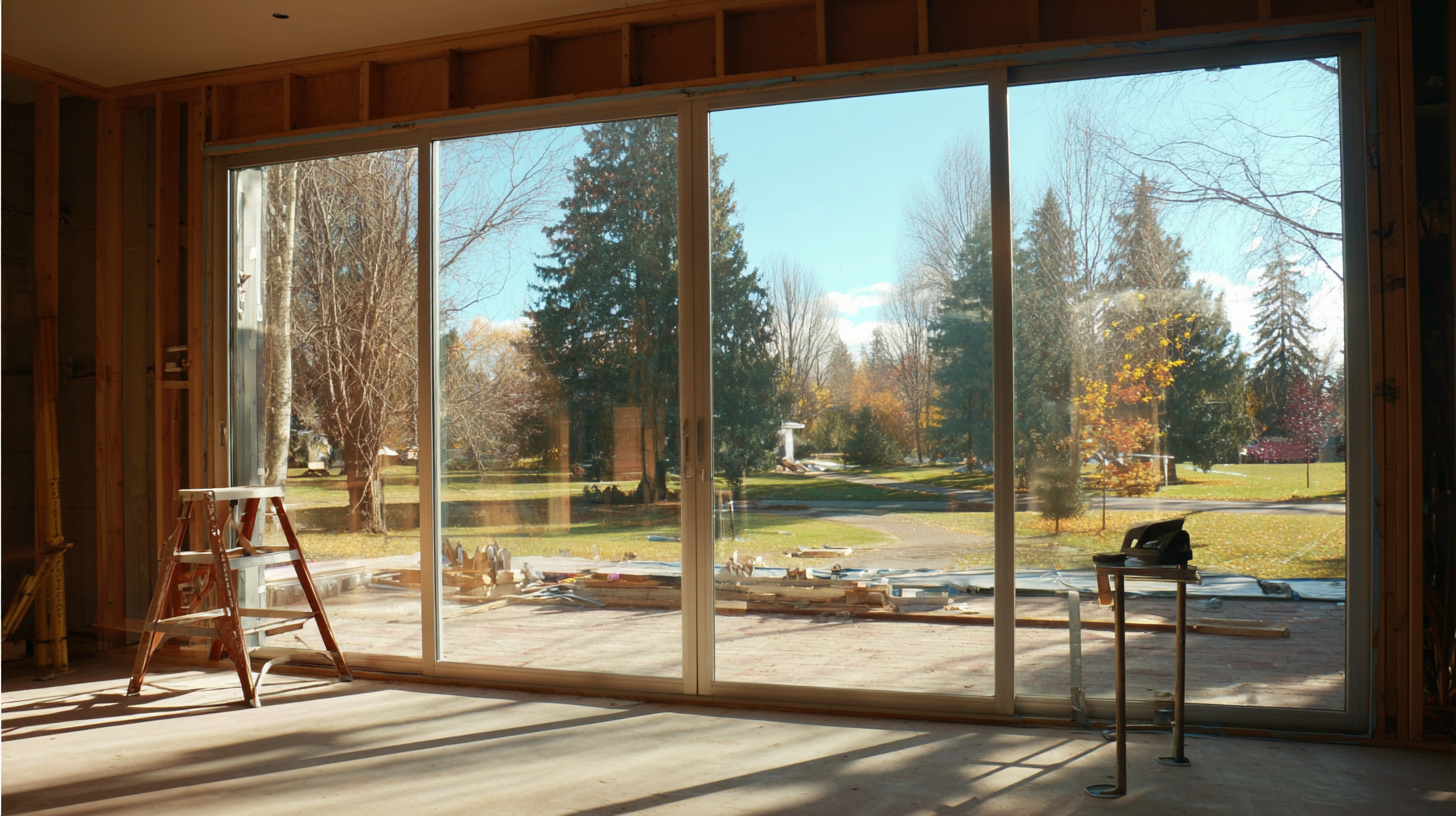
Common Mistakes to Avoid during Sliding Door Replacement and Maintenance
When replacing sliding doors, there are several common mistakes homeowners often make that can lead to issues down the line. One of the most frequent errors is failing to measure the opening accurately. Inadequate measurements can result in doors that don’t fit properly, leading to gaps that can cause energy inefficiency and security vulnerabilities. Always double-check your dimensions and consider employing professional help for precise installation.
Another critical mistake is overlooking the importance of selecting the right materials and type of door. Homeowners may be tempted to opt for cheaper options without considering factors like durability, insulation properties, and aesthetic appeal. It’s essential to choose materials that suit your climate and fit your home's style while being mindful of maintenance requirements. Moreover, neglecting proper maintenance post-installation can lead to premature wear and tear. Regular cleaning of tracks and rollers, as well as checking for weather stripping integrity, can ensure that your sliding doors function smoothly and last longer.
What Is Sliding Door Replacement? A Comprehensive Guide to Choosing and Installing New Doors
| Aspect | Description | Common Mistakes | Maintenance Tips |
|---|---|---|---|
| Types of Sliding Doors | Vinyl, Aluminum, Fiberglass | Not considering door material suitability | Clean tracks regularly |
| Installation Process | Measure, remove old door, install new door | Skipping measurement checks | Lubricate moving parts |
| Cost Factors | Material, Size, Labor | Underestimating budget | Schedule regular check-ups |
| Energy Efficiency | Double or triple glazing options | Choosing non-energy-efficient doors | Inspect seals and weather stripping |
| Safety Features | Reinforced frames, locks | Neglecting security features | Ensure locks are functioning |
Related Posts
-
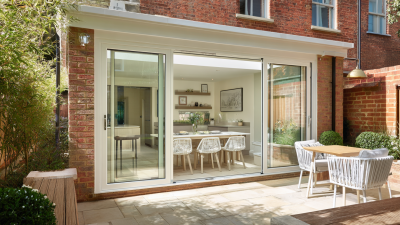
The Essential Guide to Choosing the Right Sliding Door Replacement for Your Home
-
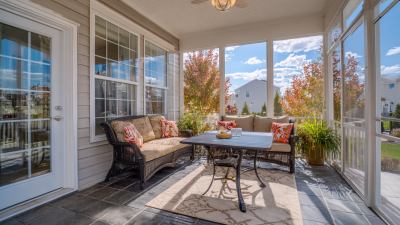
The Ultimate Guide to Choosing the Best Patio Door Installation for Your Home
-
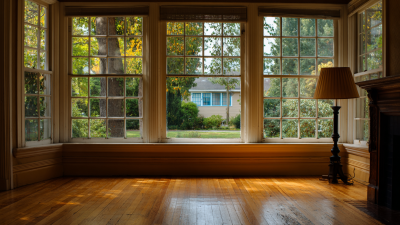
Unlocking the Best Window Deals: A Comprehensive Guide to Maximizing Your Home's Energy Efficiency
-

Exploring the Best Window Deals for Energy Efficiency and Cost Savings
-
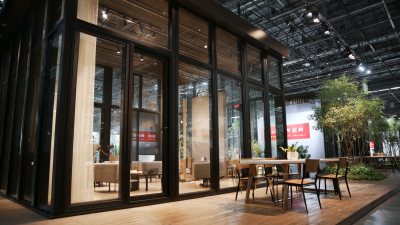
Exploring Window and Door Replacement Trends at the 138th China Import and Export Fair 2025
-
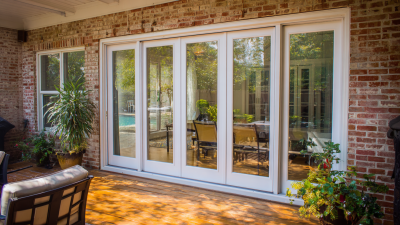
Transform Your Outdoor Space with Stunning Patio Doors Ideas
